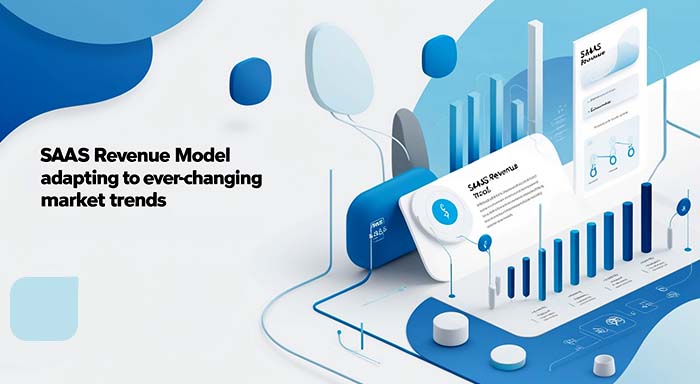In the ever-changing market of today, SaaS firms need to fine-tune and adjust their revenue models to adapt to the changing demands of customers in order to stay competitive. This article discusses the Saas Marketing Strategies that can help you align your revenue model with market dynamics. For an in-depth guide on successful revenue models, check out WEZOM’s resource on how to make money with saas, which provides insights into various models and helps you determine the best approach for your business.
Identification of Market Change
It means understanding how markets change. Those customer behaviors, industry reports, and competitor moves should be tracked, providing good rewards for doing so. Technological changes and economic conditions also strongly influence market trends and may show you when an adaptation of your revenue model is appropriate.
Building for Evaluation of a Current Revenue Model
You can check whether a set of metrics that comprise your actual performance against the revenue model. Metrics could include churn rate, Customer Lifetime Value (LTV), and Customer Acquisition Cost (CAC). A negative trend-always declining sales or dissatisfied customers-usually hints at shifting your strategy.
Strategies for Revenue Model Adaptation
- Freemium to subscription: You also need to consider upgrading your freemium users to a paid model by offering added value or key features behind the paywall. You can find out when your users are ready for an upgrade by making use of the data provided through customer behavior.
- Tiered Pricing: The pricing is flexible to address different customer segments. This will help the users in selecting the best plan according to their needs, thus enhancing the conversion rates.
- Usage-Based Models: Usage-based, or pay-as-you-go pricing, opens up systems to wider usage. The more the customer uses it, the bigger it scales the model, allowing flexibility and affordability.
- Bundling Services: Combine complementary products or services into bundles to increase perceived value. This could motivate customers to step up to higher-priced tiers, increasing revenue.
- Dynamic Pricing: Prices vary according to demand, market conditions, or customer type. Dynamic pricing models can increase revenues by capitalizing on high-demand periods.
Making the Changes Gradually
Testing is the key process when attempting to roll out a new revenue model. Do A/B testing to experiment with different pricing structures and test customer feedback. Gradual implementation will help minimize the risk of losing customers plus adjust where needed.
Case Studies
Companies like Slack and Dropbox have been able to make the successful transition from freemium to subscription models with significantly better customer retention and increased revenue. On the other hand, AWS espouses a usage-based model, which truly is responsible for its rocketing growth.
Success Measurement and Further Refinements
Key metrics to monitor could be Annual Recurring Revenue, Monthly Recurring Revenue, and even the rate of customer retention. These success indicators further provide insight into this new revenue model. Continuing to monitor these areas will further optimize for maximum profitability.
Conclusion
The SaaS revenue model is one process of continuous adaptation. Whether companies operating within the SaaS market will further demonstrate readiness for timely responses to market changes, cautious treatment of strategy implementation, and control over the results of their work Management will enable revenue optimization and ensure long-term success.



